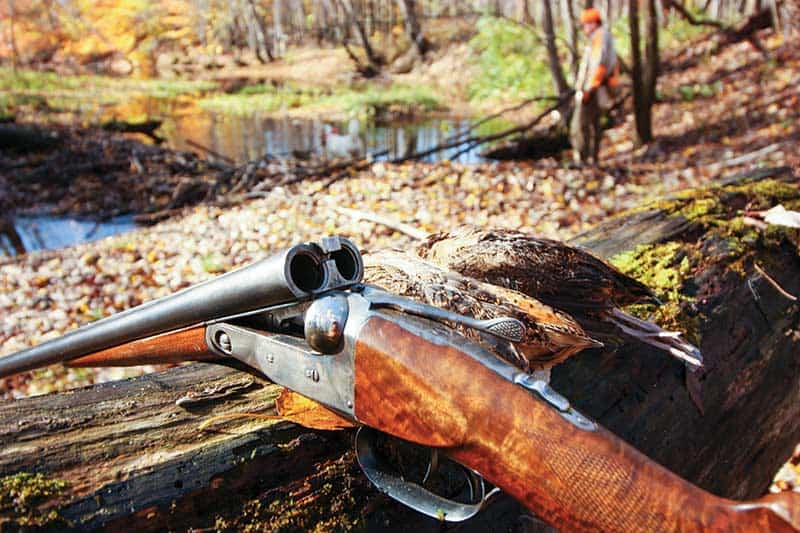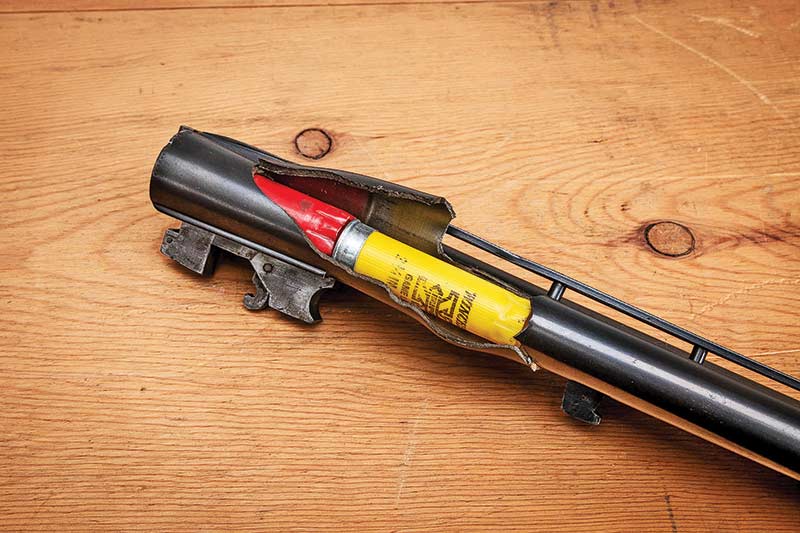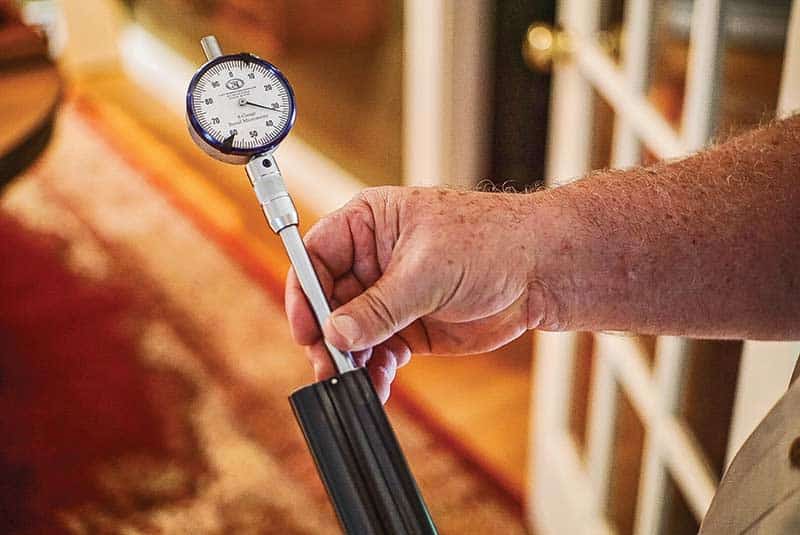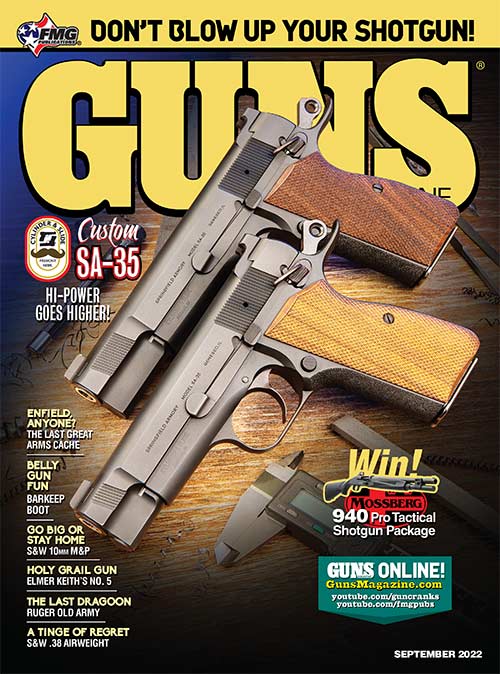Win The battle Of The Bulge
How Not To Ruin Your Barrels In Four Easy Steps
Wild birds live in rugged areas and we go there for lots of flushes or knots of geese double-clucking their way into a field. It’s easy to get distracted but our attention should be focused on keeping our barrels clear. Pulling a trigger when a barrel is obstructed can do a lot of damage to your shotgun. More often, it can do much worse.
Battle Of The Bulge
Swinging a light 20 gauge on morning hunts for early season woodies and teal is a lot of fun. If you swap the 20 gauge for a 12 gauge for an afternoon pheasant hunt, make sure your pockets don’t contain shells of different gauges.
For over 35 years, Doug Turnbull of Bloomfield, New York’s Turnbull Restoration company has seen shotguns with barrel bulges. “Shotguns with barrel bulges mostly come from mixing shells of different gauges,” he said. “Most common is dropping a 20-gauge shell into a 12-gauge barrel. When an unfired 12-gauge shell is added to the chamber and discharged, the compression causes a bulge, if not a full break, in the barrel wall. Those accidents can be incredibly dangerous, so be careful in the marshes and fields. There usually isn’t much to be done to repair a barrel with that kind of damage. A new set is the best option if they’re available and that’s more easily done with a new shotgun. Finding a replacement for a classic American shotgun like a Winchester Model 12 or a Fox Sterlingwoth can be both challenging and expensive.”
Drop The Right Shell
Over the past century, shotshells have changed more dramatically than shotgun design. This means there are a variety of shells to drop into a chamber. These days, standard shotshells come in 2-¾”, 3 and 3-½” lengths. While it’s not a problem to shoot a shorter shell in a longer chamber, problems can come from dropping a longer shell into a shorter chamber. An unfired 3″ shell measures 2-¾” so it’ll fit into a 2-¾” chamber. The problem occurs when the firing pin hits the primer, the full crip expands and there isn’t enough length in the chamber to accommodate the expansion. Vintage shotgun chambers are still shorter and range between 2-½” and 2-9/16″.
To further complicate the issue, different types of shot and higher compressions don’t match all barrels. Damascus shotguns handle low compression shells as vintage shells perform well with Bismuth. Shooting steel loads through older firearms can cause damage, mostly because of higher compression and harder shot. Match shells to chamber length and give some thought about the type of loads you’re feeding into your chambers.
Thin Barrel Walls
A growing number of hunters appreciate the quality machining, highly figured walnut and outstanding fit-and-finish found in classic shotguns. There are a lot of options on the market and they’re super affordable, especially those with Damascus barrels. “Before you shoot, have a gunsmith mic the barrels to determine barrel-wall thickness,” says Lars Jacob of Lars Jacob Wingshooting. “Sometimes, the barrels have been reamed to remove rust or pitting. If too much steel is removed then compression can cause a bulge if not a burst.”
While you’re at it, measure your chokes. “Most older shotguns had tighter chokes which is a by-product of old-school shell design,” Jacobs said. “While you’re having a gunsmith mic your barrel walls, make sure the choke constriction suits your needs. Chokes can always be opened by a competent gunsmith.”
Obstruction-Free Barrels
It’s easy to clog a muzzle or barrel while slogging through soft mud. A stumble can dip the muzzle into the ground and fill it with mud, dirt or sand. It’s part of doing business in the woods and marshes and it’s happened to me and just about everyone I know. Using a shaft of cord grass or a cattail stalk is one way to free the debris but why not add a bore snake to your kit? The snake is lightweight and doesn’t take up much space and it does a much better job of removing all the debris from a barrel.
Wads stuck in barrels create obstructions, which is why it’s important to check your barrels following a squib shell. Manufacturers test shells to ensure the highest quality and reliability, but sometimes one just gets through. It also happens with hand-loaded shells. The “why” isn’t important, but if you pull the trigger and hear a low pop instead of a loud bang, check for a stuck wad. Remove the wad before you fire the next round, even if it means holding off on a pair of greenheads trying to beat feet from your spread.
A little attention to your barrels will go a long way. Not only will it prevent a costly repair, but it also will keep shooters and friends out of harm’s way.







